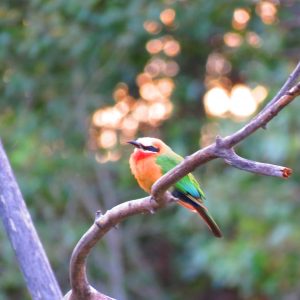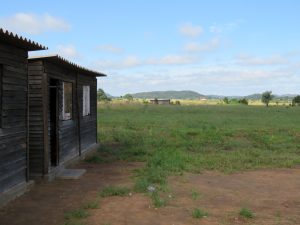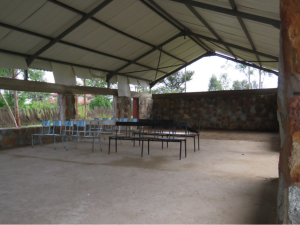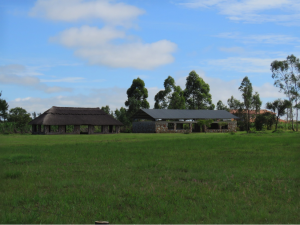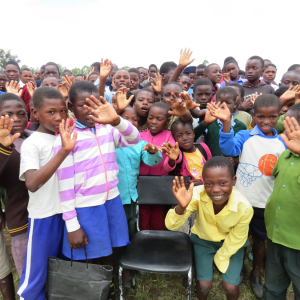I have not yet started my clinical work in Zimbabwe, but I’ve discussed the healthcare system with many now, and am beginning to grasp certain challenges I may encounter in the hospital.
During my first week, I already heard talk of several deaths that occurred in the last few weeks. I therefore wasn’t surprised to learn that many international doctors were shocked at the death rates seen in the hospitals of Zimbabwe. People die at a young age from conditions as benign as dehydration, apparently. Also, there is unfortunately no place for preventative medicine in a place where people are expected to pay for each medical visit, and are refused on subsequent visits if they still have pending bills. Even when in hospital, patients need their family members to provide their meals, clean them and sometimes even provide water (some have indeed died of dehydration in hospital). When every bandage is accounted for, it’s no wonder some just go to the hospital as a very last resort. It took quite some convincing to bring a young man with HIV and obvious signs of meningitis to the hospital, and once there he just wanted to leave rather than remain in an unclean bed. Even if well intended, I can imagine how frustrating it may be for healthcare workers to help due to lack of medication, clean equipment, or simply clean water. And of course hospitals are understaffed with professionals who practically volunteer their time, as the country has no money to pay hospital staff.
I look forward to meeting and learning from these workers who decided to stay and help their country.
In the meantime, I’ll be spending a few days enjoying Zimbabwe’s beautiful nature overlooking the “Smoke that Thunders”.


